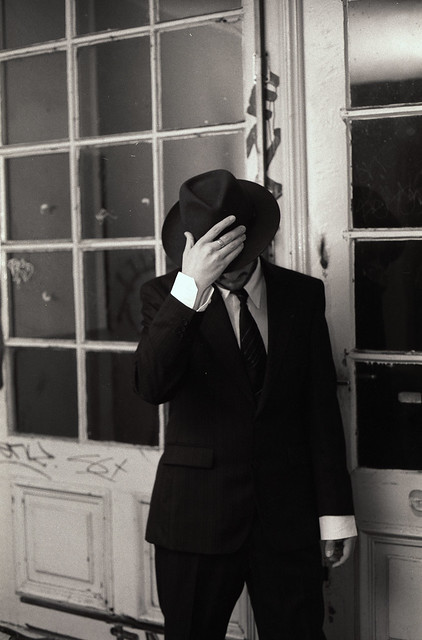When Sherlock Holmes comes to the silver screen this Christmas, brace yourself for howls of protest. Guy Ritchie’s revisionist Holmes will no doubt unearth a school of Arthur Conan Doyle enthusiasts happy bemoan both the homoerotic subtext and the protagonist’s anachronistic headgear. But, trilbies and sex aside, this particular detective is the most portrayed movie character and is clearly an icon as durable as they come.
PULPable‘s previous forays into the icon of the detective placed the real-life detective police of Victorian England at the beginning of a pulp time line. Scotland Yard’s finest fascinated Charles Dickens, who described them as “respectable-looking men of unusual intelligence”. From their inception in 1843, the detectives employed phrenology, physiognomy and psychology to reconstruct crimes, foreshadowing Darwin’s belief that “every complex structure [is] the summing up of many contrivances”. For more on the original gumshoes, read PULP Precedents: Putting the Detective into Detective Fiction here.
“Eliminate the impossible, and whatever remains, however improbable, must be the truth.” Arthur Conan Doyle’s protagonist was the maestro of summing up contrivances and reaching a natural conclusion.

Original illustration for the death of Holmes, by Sidney Paget
Conan Doyle had begun writing in the Pulp magazines of the late 19th Century, and in 1887 readers first picked up The Strand Magazine to read his Holmes and Watson stories. The good Doctor related Holmes’ tales, while the detective strung together in turn his own narrative from the smallest deductions. Illustrations breathed life into an icon and created the archetypical sleuth. What Guy Ritchie’s detractors may be forgetting is that Dime Magazines and Penny Dreadfuls were very much the mindless action movies of their day.
In his original issue trenchcoat, the noir detective brought to the cinema aisles a black and white moral certitude. As much as Humphrey Bogart or Cary Grant might bring stylised masculinity and self-conscious hamminess to their films, the Holmesian mechanics of mystery made their way onto television in the form of classic whodunits and scene-of-the-crime detection shows ranging from Columbo to CSI. Forensics and post-Freudian psychology had grown in importance and while the 1940s heydey of detective noir had waned, Conan Doyle’s sense of “eliminate the impossible…” had become accepted science, bolstered as it was by forensic evidence and the discovery of DNA. Bringing justice to an increasingly anarchic world, all in the name of entertainment, the detective had survived.
In the first true detective novel, The Moonstone, Wilkie Collins asked his readers, “do you feel an uncomfortable heat at the pit of your stomach, sir? and a nasty thumping at the top of your head?… I call it the detective-fever.” No matter how bad the movie may (and almost certainly will be), who in all honesty could object to Robert Downey, Jr. playing himself, playing a movie producer’s comic book version of Sherlock Holmes in Guy Ritchie’s Victorian London? The fever, it seems, has yet to be fully extinguished.

